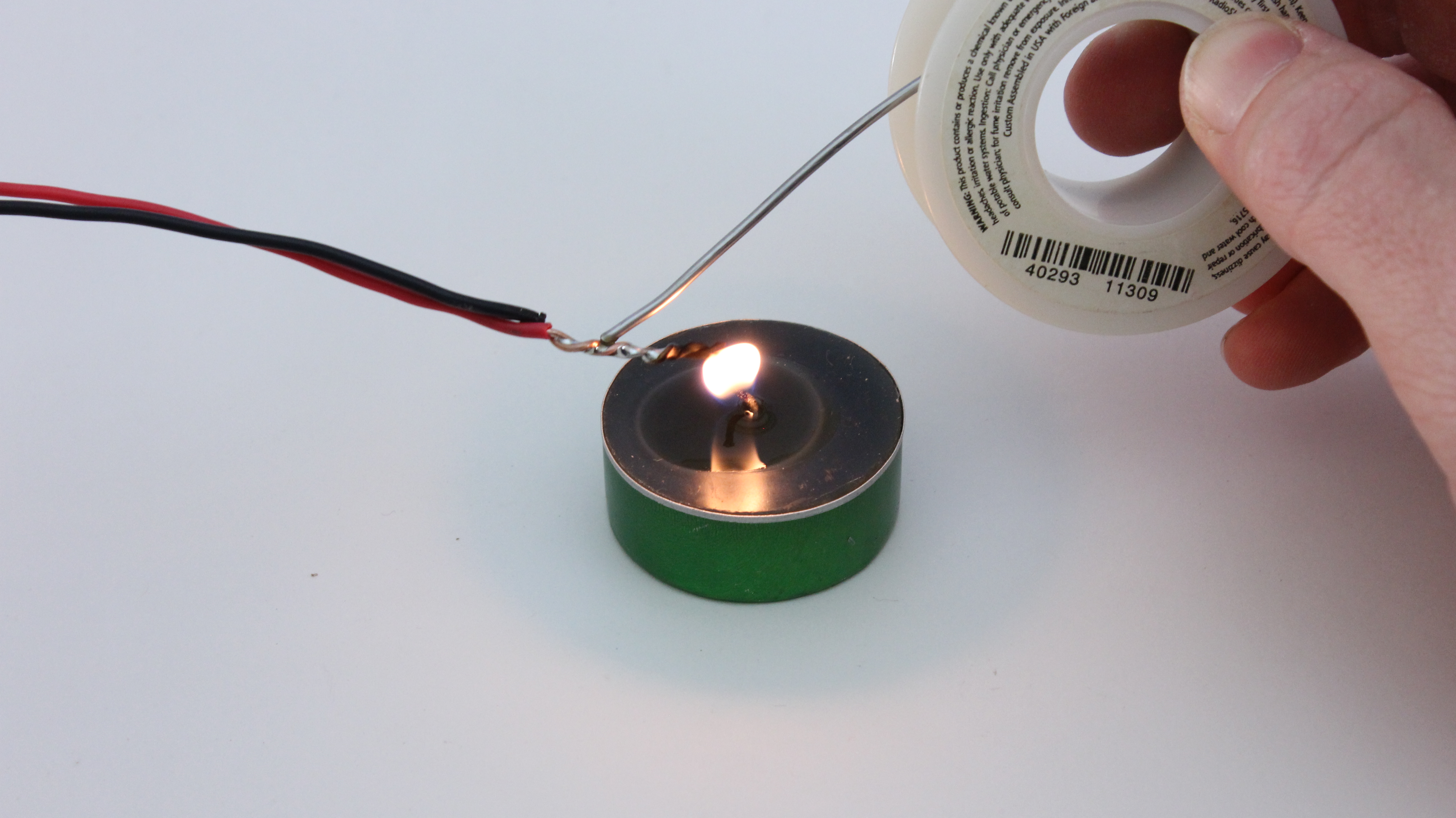If you are working with a larger heat source such as a fire place or a camp fire, then you need to do a few things differently. First, you will need to take many more safety precautions. Wear fire resistant gloves and, whenever possible, use metal tongs or pliers when handling the heated soldering tool.
A wood fire is much hotter than a candle or a lighter, so you will want to use a tool that lets you work at a safe distance. To do this you can either use a long wire or you can attach your soldering tool to the end of a non-combustible rod such as a piece of steel rebar.
An open fire provides a lot more heat than a lighter, but it is much more difficult to precisely control. So you will probably want your soldering tool to be made of thicker metal. This will help it to catch and retain more heat. If you are using a wire as your soldering tool, you can make the tip thicker by folding the end of the wire over several times.
How and where you heat the solder tool will depend on the kind of fire you are working with. Hot coals will generally be a more steady heat source than leaping flames, but you will need a lot of glowing coals to heat your soldering tool. You will probably have to use some trial and error until you get a feel for what works. To make it easier, start with a larger fire. This will give you a larger and longer lasting coal bed to work with.
After you have heated your tool, move it quickly to the object that you want to solder. Be careful! Once the soldering tool is no longer able to melt the solder, move it back to the fire to reheat it.




























